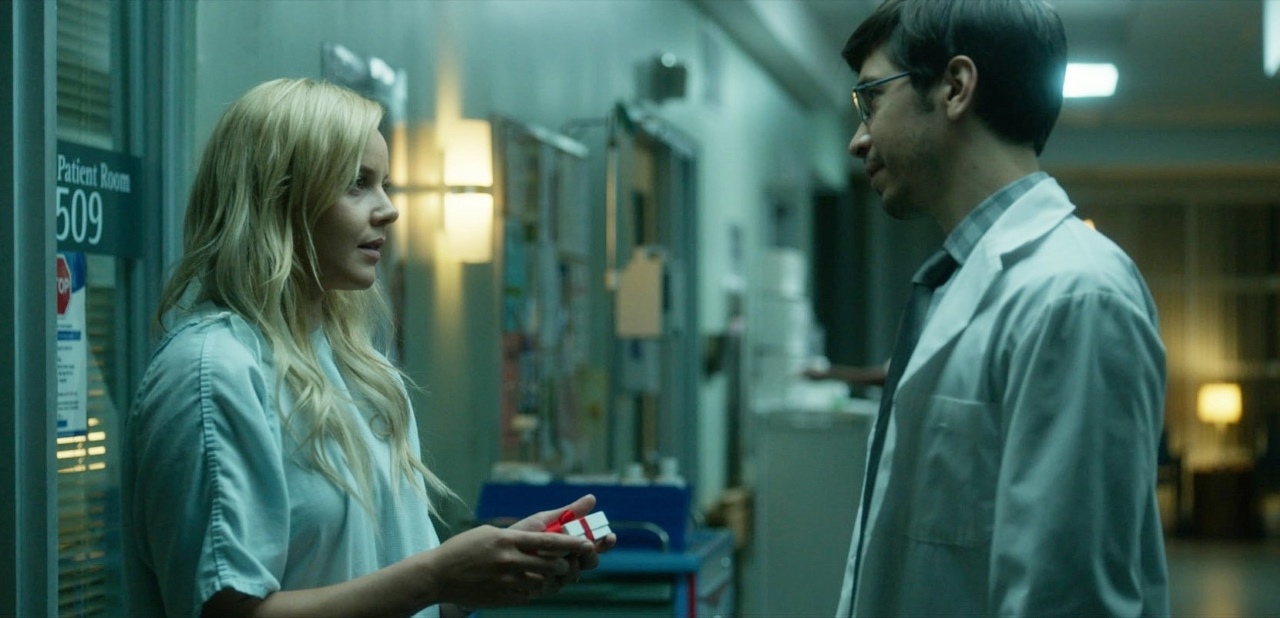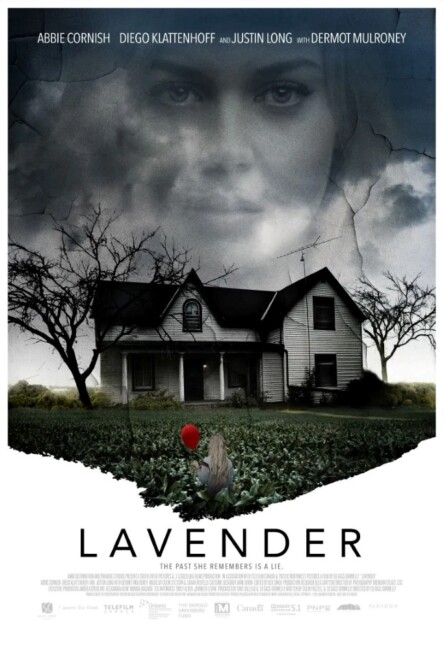Crew
Director – Ed Gass-Donnelly, Screenplay – Colin Frizzell & Ed Gass-Donnelly, Producers – Ed Gass-Donnelly & Dave Valleau, Photography – Brendan Steacy, Music – Sarah Neufeld & Colin Stetson, Visual Effects – CVD VFX (Supervisor – Chris Van Dyck), Special Effects Supervisor – Mark Ahee, Production Design – Oleg M. Savytski. Production Company – South Creek Pictures/3 Legged Dog Films.
Cast
Abbie Cornish (Jane Rutton), Dermot Mulroney (Patrick Ryer), Diego Klattenhoff (Alan Rutton), Justin Long (Liam), Lola Flanery (Alice Rutton), Sarah Abbott (Susie)
Plot
Jane Rutton is a photographer with a fascination with filming old houses. While driving through the countryside, she becomes absorbed by one house in particular. She then crashes on the road after skidding to avoid a mysterious girl she sees. Afterwards, coming around in the hospital, she begins to have flashes of strange memories. She is startled to discover that the house she became fascinated with was owned by her family. She meets her Uncle Patrick who tends the property and learns how her family were all murdered back in 1985. As she starts to dig into the past and its ghosts come to haunt her, she comes to the realisation that she may have been involved in the murder.
I didn’t have much enthusiasm for director Ed Gass-Donnelly’s third film The Last Exorcism Part II (2013), which did everything it could to betray a creative and well-made original. Lavender, Gass-Donnelly’s third film, was playing at the Vancouver International Film Festival so I decided to give it the benefit of the doubt, even if it was burdened with a title that seemed to be doing the least it could to suggest a horror film.
Lavender is not dissimilar to the also Canadian-made Cadence (2016), which played at the same festival. Both feature strange happenings and nightmare visions on a family farm. Both films also arrive at endings that reveal much of what is going on is a fugue state where the heroine has blocked off memory of a violent incident in the past and created an elaborate fantasy and imaginary characters in its place. (Lavender also manages to have its cake and eat it too by being both a fugue state film and a ghost story).

Lavender is technically well made and contains some very nice photography of the Ontario countryside. The actors cast all play with a reasonable conviction in their parts. The main problem with Lavender is that it feels as though it is well-rehearsed and a technically polished film but one where everything is delivered by automatic without much involvement. Ed Gass-Donnelly delivers a few scares but they are so tepid as to be instantly forgettable.
Everything wheels around to deliver a big M. Night Shyamalan twist involving one of the ridiculously contrived psychological fugue states that have been popularised by films such as Abandon (2002), Identity (2003), Secret Window (2004), Black Swan (2010), Shutter Island (2010), The Ward (2010), Dream House (2011), Goodnight Mommy (2014) and bear no resemblance whatsoever to any psychological state observed in real life. You sort of realise as the end of writing this that if you are reduced to complimenting the photography and calling it a technically well made film then Lavender doesn’t have a whole lot else going on.


